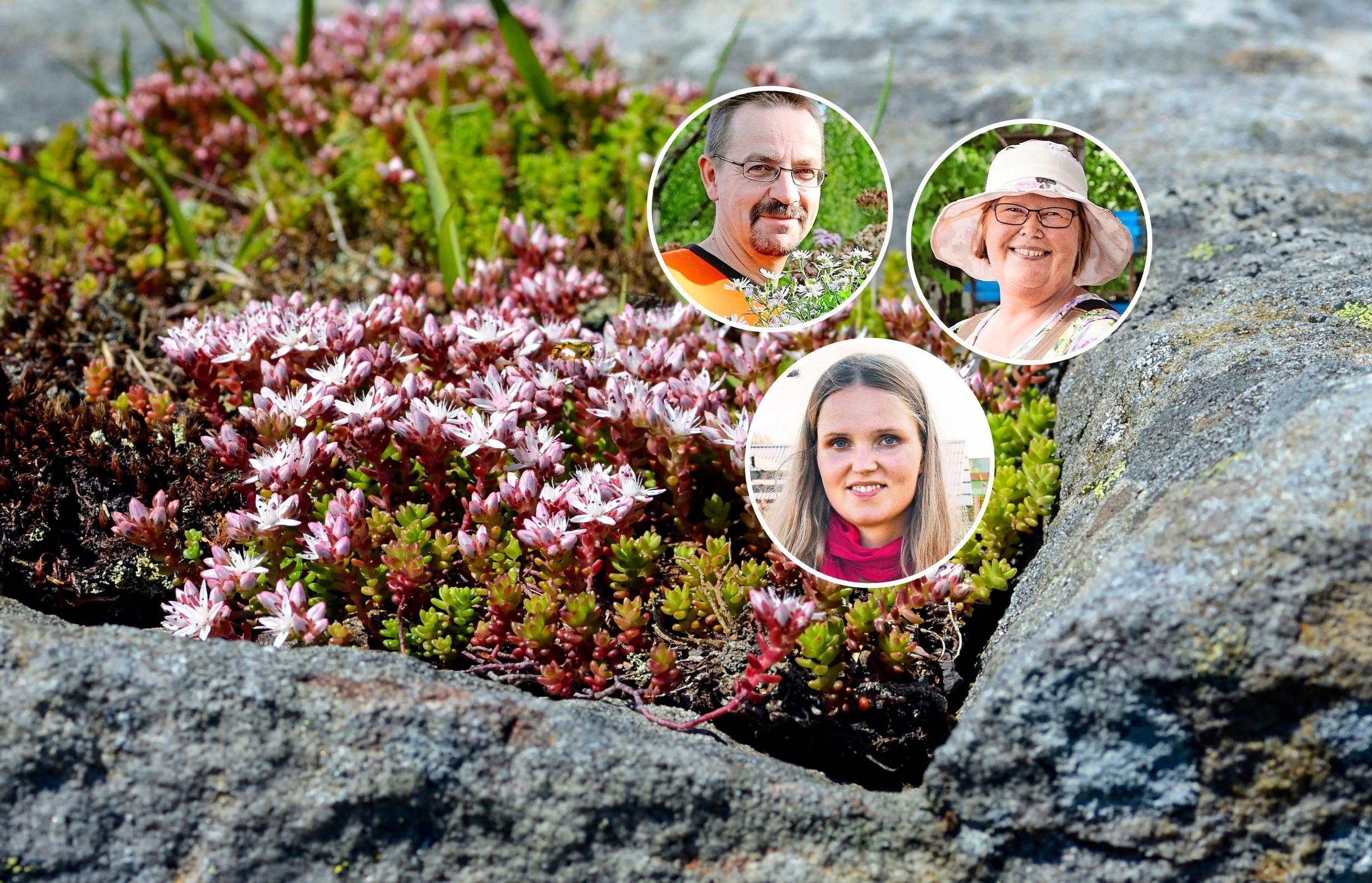
Nursery professionals share 9 durable and beautiful succulents for outdoors: “A spot-on choice where a lawn doesn’t thrive”
Perennial succulents add character to plantings and can serve as groundcover in dry areas. We asked Finnish nurseries to choose their most durable favorites from a wide range of succulents. Some also shine in containers!
Three favorites from Heidi Eriksson of Harjunpää nursery

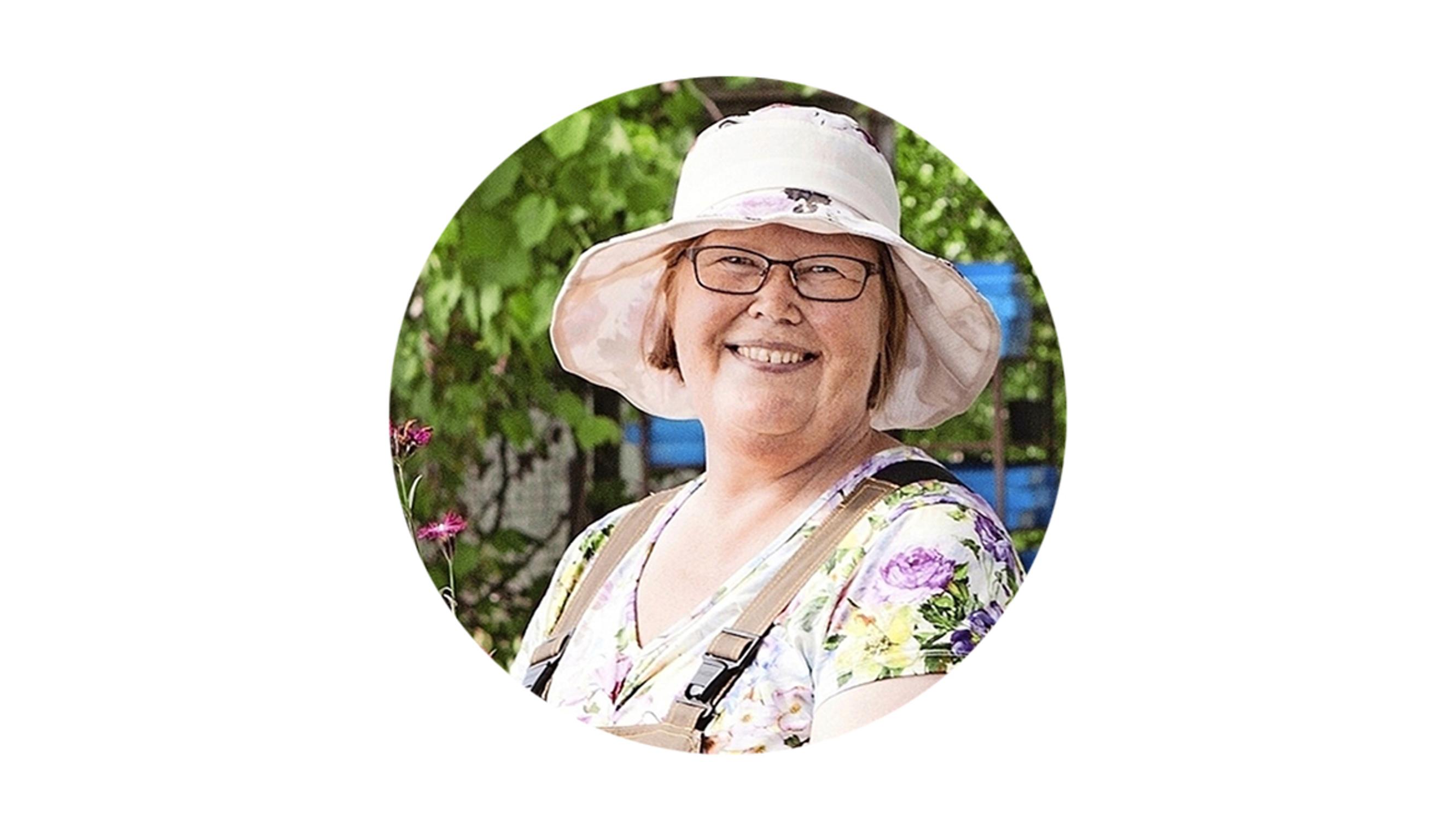
Crimson stonecrop ‘Common Red’

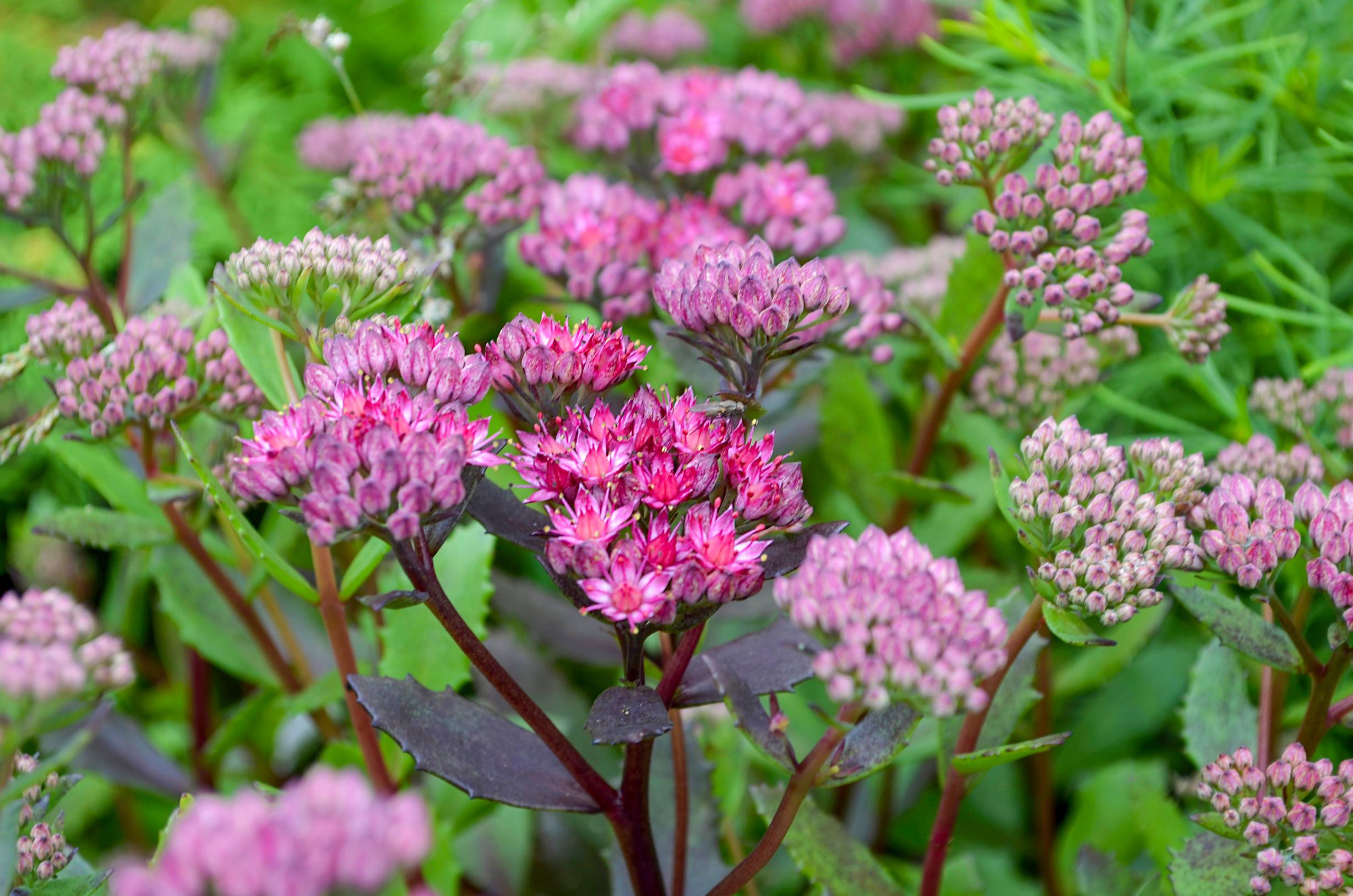
What is it? Crimson stonecrop ‘Common Red’ (Sedum) keeps blooming well into late summer and does best in full sun with dry, sandy soil.
Why? Its abundant deep pink blooms and dark reddish foliage look stunning together, adding a nice contrast to mixed plantings.
Where to plant? Crimson stonecrop ‘Common Red’ is ideal at the front of a planting with taller plants behind it. It stays attractive for a long time and lets its lovely blooms stand out. You can combine it, for example, with snow-in-summer or low-growing stonecrops like the white-flowering two-row stonecrop and the green-leaved ‘Summer Glory.’ It also pairs nicely with Breckland thyme and woolly thyme.
Light needs: full sun
Height: 40 cm
Blooming time: July–September
Rock houseleek ‘Othello’

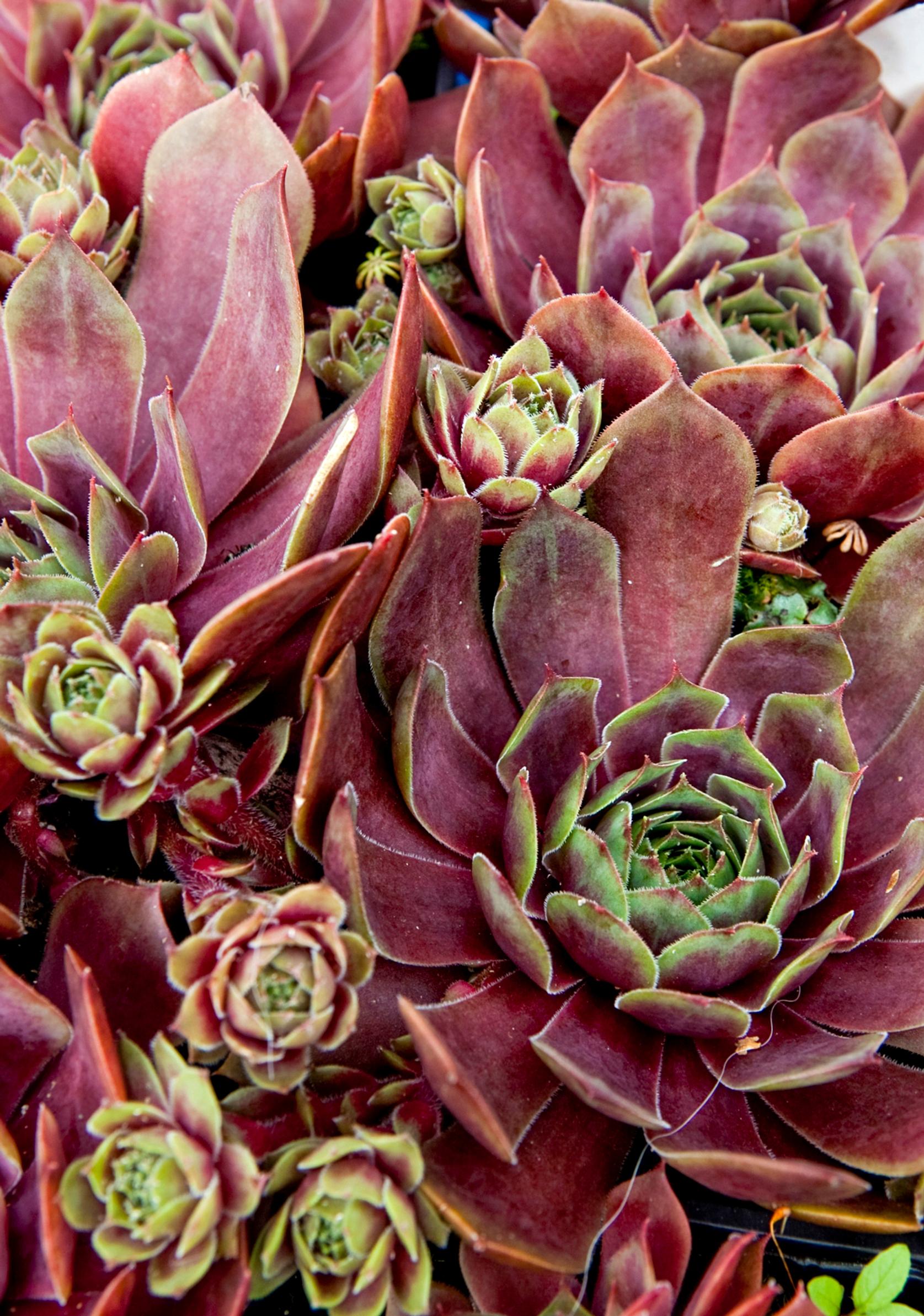
What is it? Rock houseleek ‘Othello’ gives a neat finish to small spaces and also looks great in containers.
Why? Tiny houseleeks (Sempervivum) bring fabulous colors and fascinating shapes to the yard. I’ve planted them in small clusters on an area with light gravel.
Where to plant? Make sure the leaves don’t sit directly on the soil. I like adding gravel at the base. Houseleeks thrive in dry, well-draining, low-fertility soil, making them ideal near walls, where they need only a small pocket of soil in the gravel. Good companions include lifelong saxifrage or encrusted saxifrage and small ornamental grasses.
Light needs: full sun
Height: 5 cm
Blooming time: July–August
Red stonecrop ‘Carl’

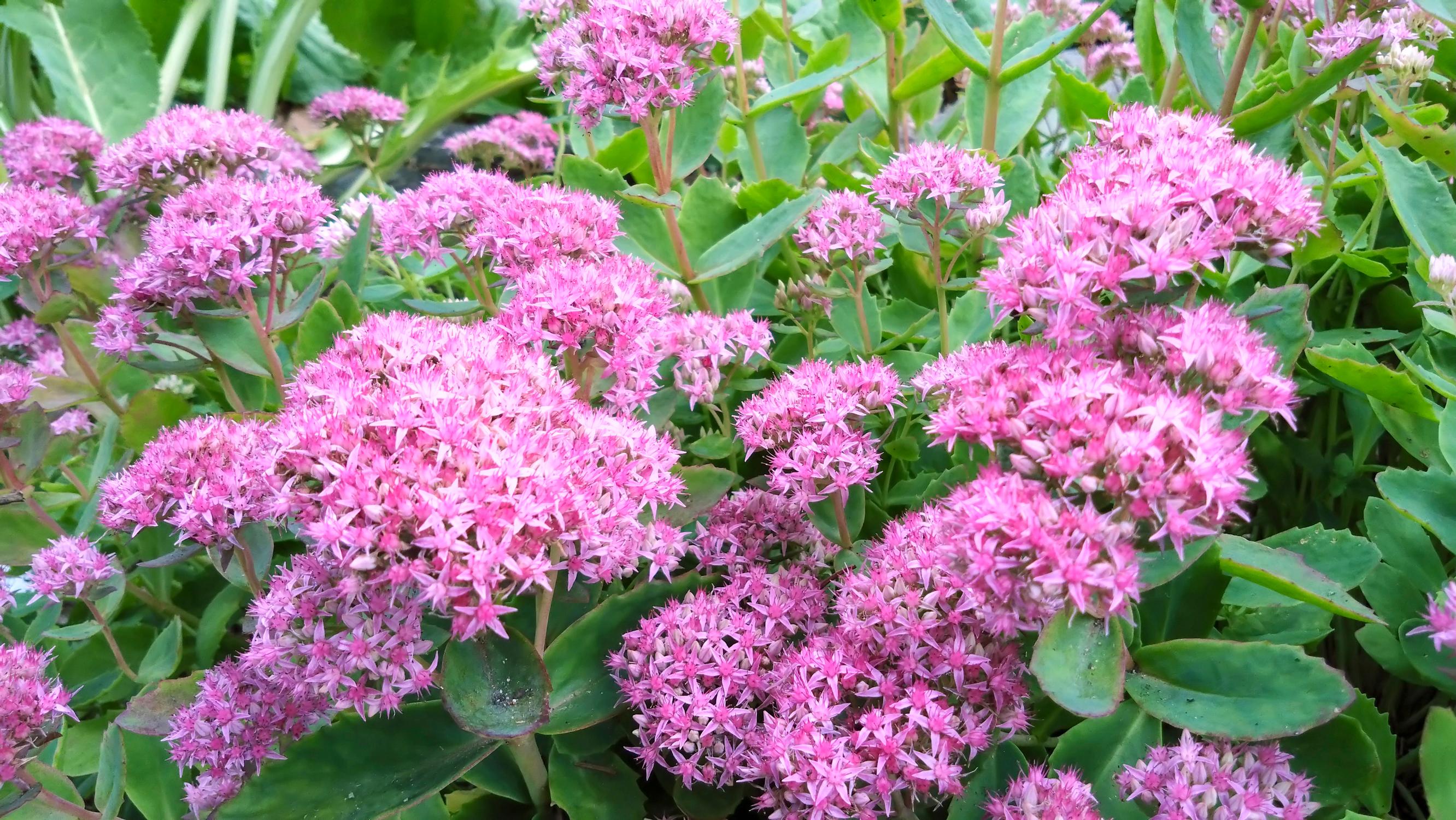
What is it? Red stonecrop ‘Carl’ sometimes flowers all the way into October, creating a striking display. Its growth habit is stiff and somewhat shrub-like.
Why? Durability is ‘Carl’s’ strong point; it’s unbothered by the first autumn frosts. I also like it because it begins blooming earlier than many other stonecrops. It adds interest to a perennial bed and fits well into many groupings.
Where to plant? Sturdy ‘Carl’ grows well in both dry and slightly moist spots, as long as the soil is sandy and drains well. You could team it with showy stonecrops or low-growing varieties. Dark green-leaved Breckland thyme also goes nicely with it.
Light needs: full sun to partial shade
Height: 40 cm
Blooming time: August–September
Harjunpää nursery is located in Karijoki, Finland. Website: perennat.fi
Three favorites from Marjaana Lepänjuuri at Pinsiö nursery


Orange stonecrop

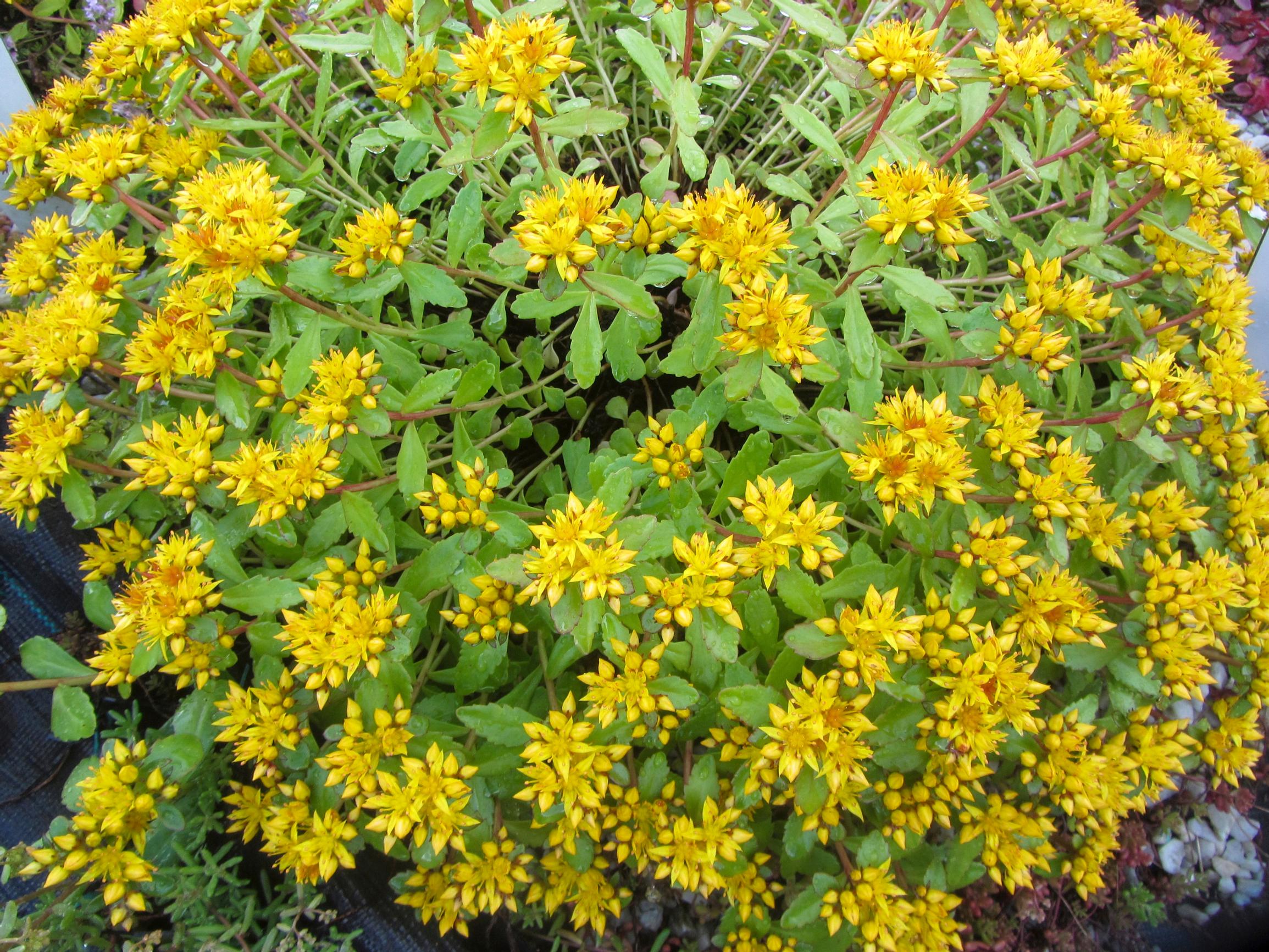
What is it? The yellow-flowering orange stonecrop (Sedum kamtschaticum var. ellacombianum) is a great choice for covering dry ground.
Why? I’ve watched orange stonecrop in our display garden for years, and it always attracts more bumblebees than any other stonecrop—I love it for that reason. Orange stonecrop also spreads steadily to form a mat.
Where to plant? Orange stonecrop is lovely in a rock-garden setting and works well as an edging in a perennial bed. It likes sandy, well-draining soil and tolerates drought. Maiden pink is a good companion.
Light needs: full sun to partial shade
Height: 20 cm
Blooming time: June–July
White stonecrop

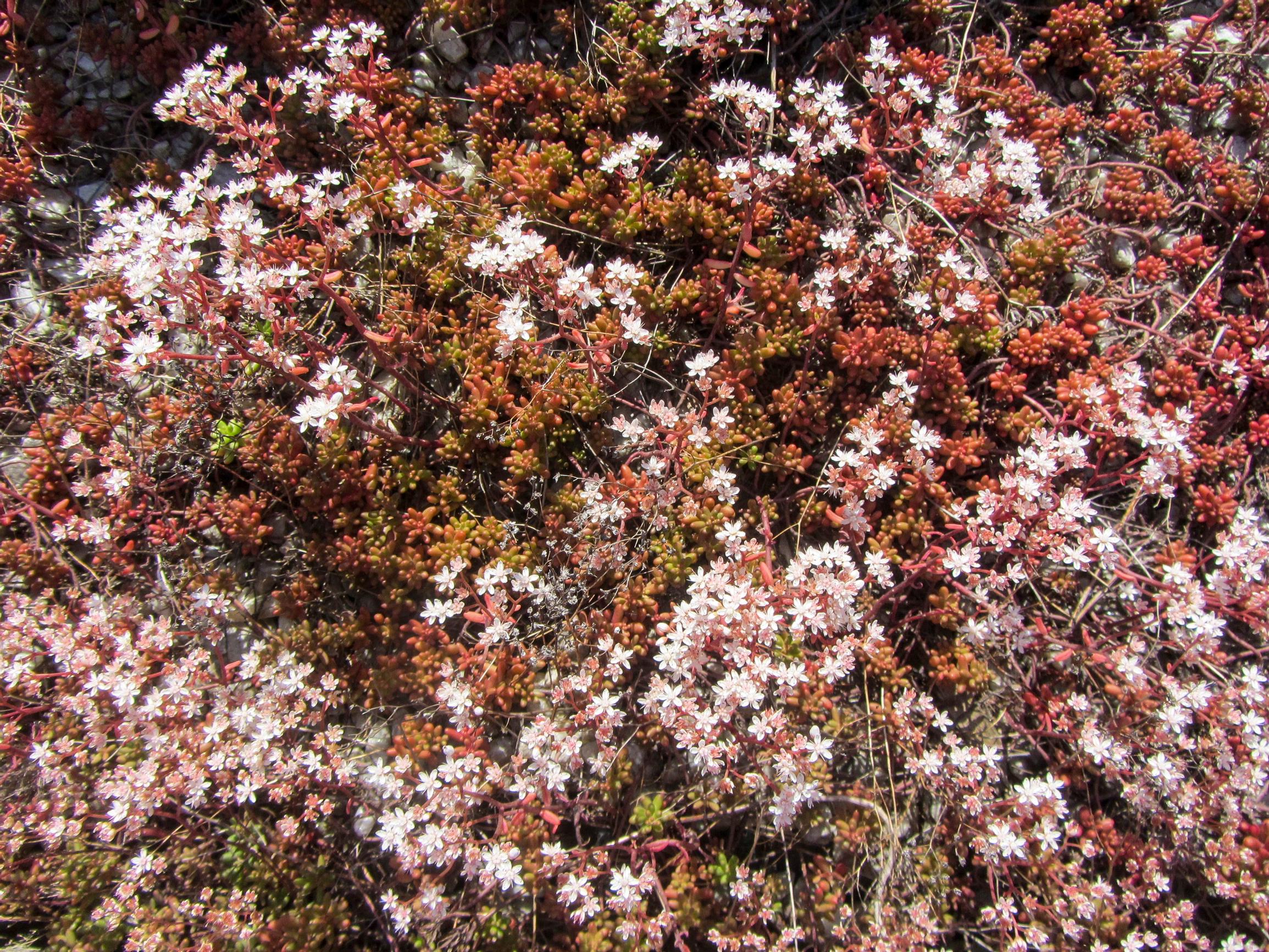
What is it? White stonecrop (Sedum album) blooms in mid-summer among rock plantings. In Finland, it grows wild on Åland and in the southwestern archipelago.
Why? Its succulent green leaves are very charming, sometimes taking on a red hue in strong sun. The white flowers look beautiful against red-tinted foliage. White stonecrop usually stays evergreen—and also serves as food for caterpillars of the endangered Apollo butterfly and Chequered Blue butterfly.
Where to plant? The soil should be very sandy and preferably limed. White stonecrop gets by in very thin soil. It pairs well with goldmoss stonecrop and houseleeks, which also thrive with minimal soil.
Light needs: full sun
Height: 5–10 cm
Blooming time: July
Jenny's stonecrop

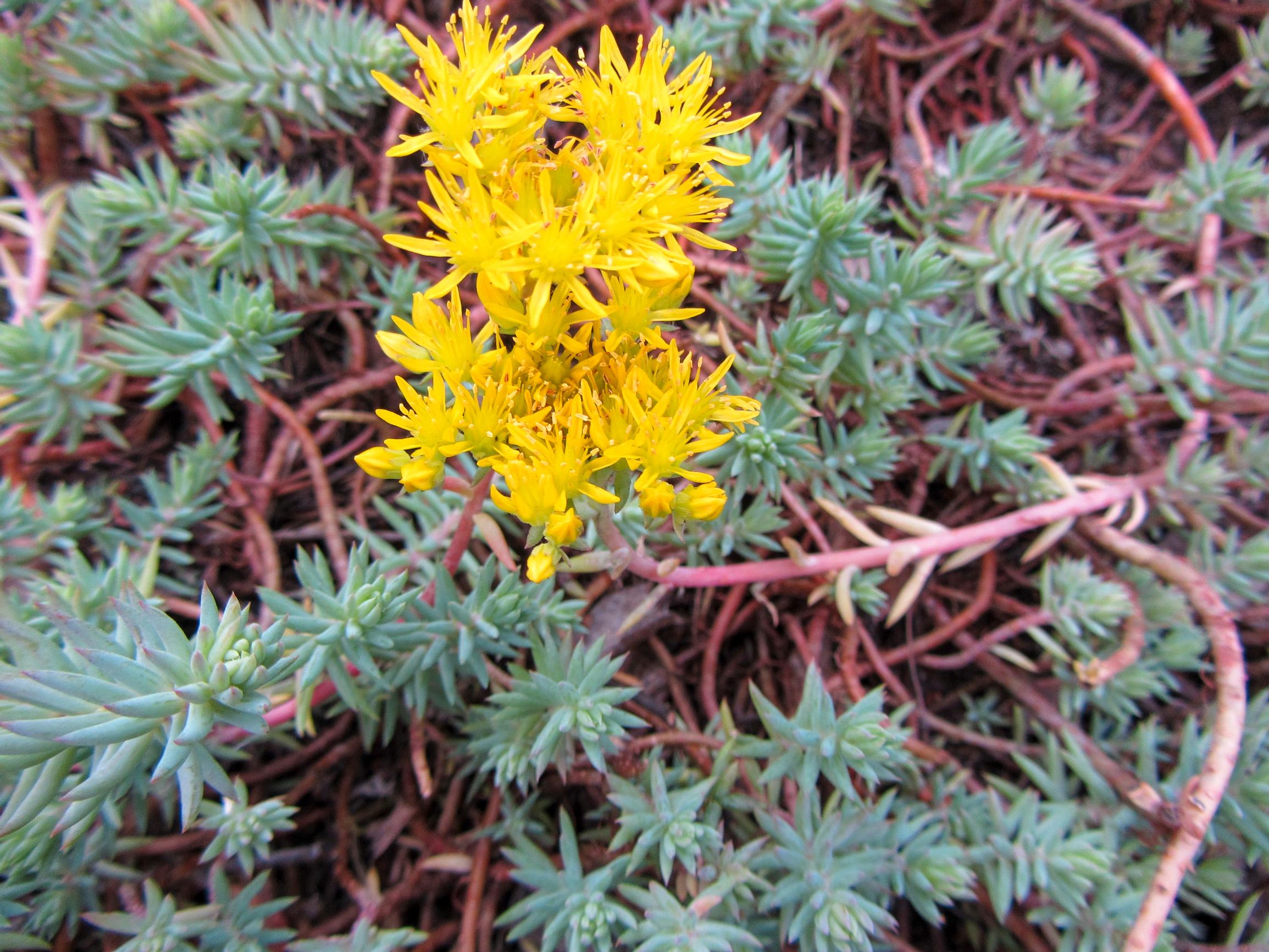
What is it? Jenny's stonecrop (Petrosedum rupestre), also called blue stonecrop, needs very little and forms a mat in dry, sunny, well-draining areas.
Why? I love that the bluish green foliage of Jenny's stonecrop looks like a tiny conifer sprig! From mid- to late summer, it bursts into bright yellow blooms.
Where to plant? Jenny's stonecrop thrives even in very thin soil, which should be limed about every three years. This hardy little perennial is perfect for barren, sun-drenched areas, such as rock gardens or slopes where lawn won’t take. It thrives under similar conditions with plants like lesser knotweed and mossy saxifrage.
Light needs: full sun
Height: 10–20 cm
Blooming time: July–August
Pinsiö nursery is located in Hämeenkyrö, Finland. Website: pinsiontaimisto.fi
Three favorites from Jari Särkkä at Särkkä perennial nursery


Roseroot ‘Reitkalli’

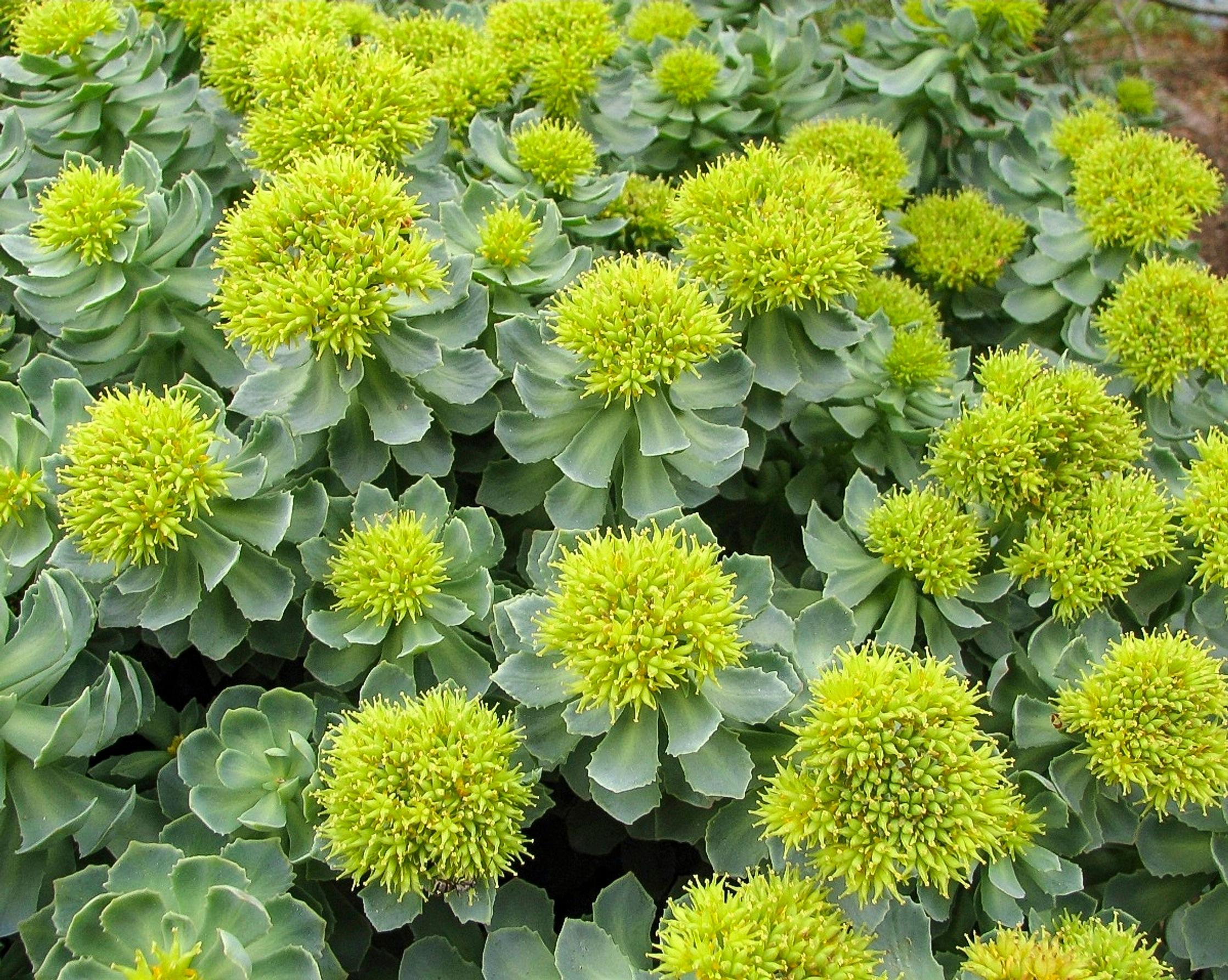
What is it? Our roseroot (Rhodiola rosea) ‘Reitkalli’ is from an old strain at the Reitkalli horticulture school in Vehkalahti. We’ve been growing it ever since I attended that school in 1983.
Why? The bluish green ‘Reitkalli’ forms a generous clump. It’s very rewarding to grow: robust and hardy. In spring, it looks impressive when it emerges, and a light frost can tint its leaves with purple-red shades.
Where to plant? This low-maintenance plant tolerates drought well. If you want a dense planting quickly, space plants 30 cm apart. To highlight its clumping form, leave about 40 cm. Garden primrose and pasqueflower make nice companions.
Light needs: full sun to partial shade
Height: 25–30 cm
Blooming time: May–June
Manchurian stonecrop

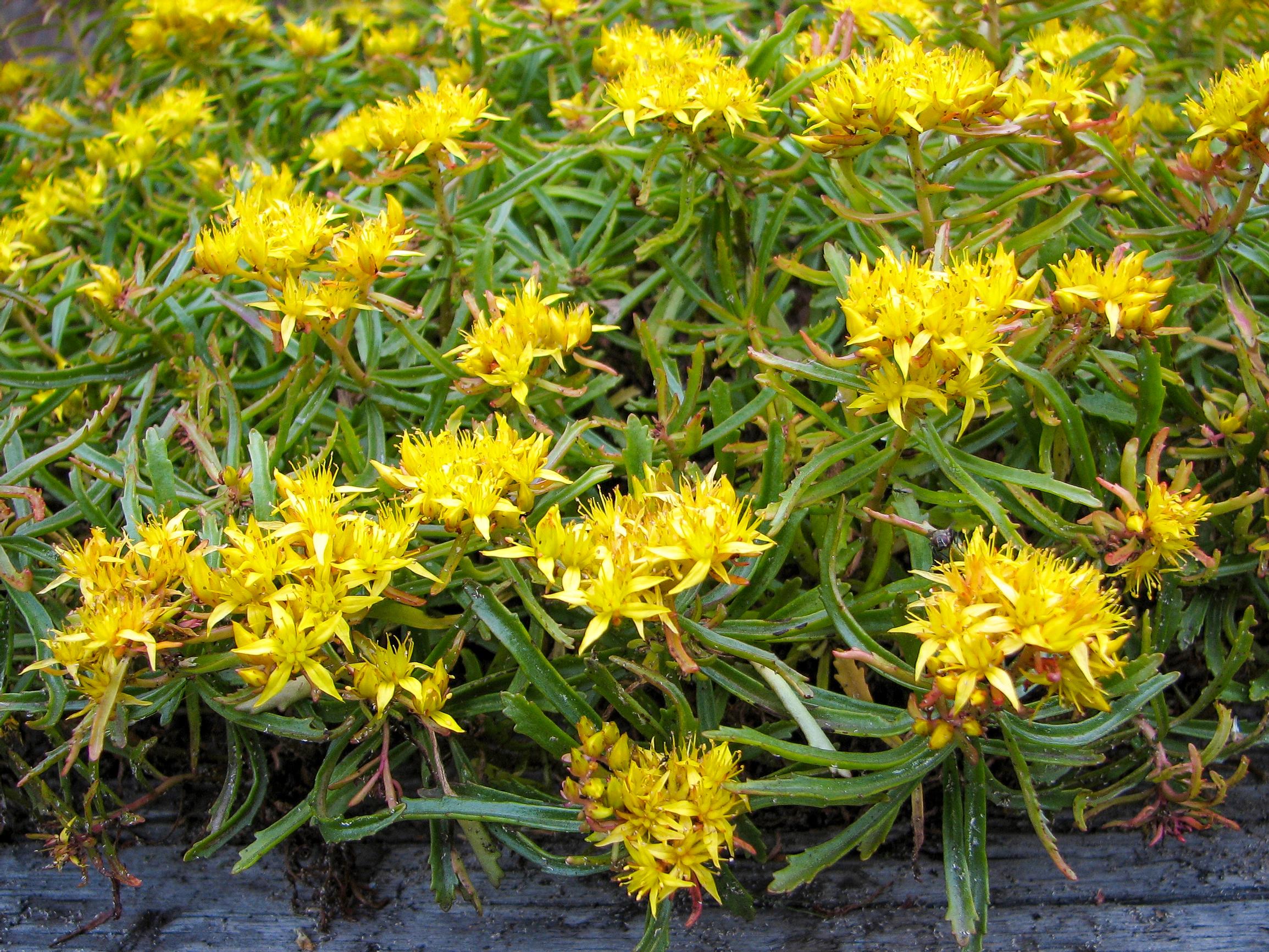
What is it? Hardy Manchurian stonecrop (Phedimus middendorfianus, formerly Sedum kamtschaticum var. middendorffianum) spreads through rock gardens, slopes, and walls.
Why? This late-summer bloomer is still pretty unknown—even though it’s strong and brings a fresh look to rock gardens. Its flowers are a warm orange-yellow, and its narrow, elongated leaves carry a touch of brownish color. The combo gives it a fun appearance.
Where to plant? We grow Manchurian stonecrop in the vertical crevices of a wall. It’s extremely drought tolerant and pairs well with Dalmatian cranesbill, striped bloody cranesbill, and Cheddar pink.
Light needs: full sun
Height: 20 cm
Blooming time: July–August
Bearded houseleek

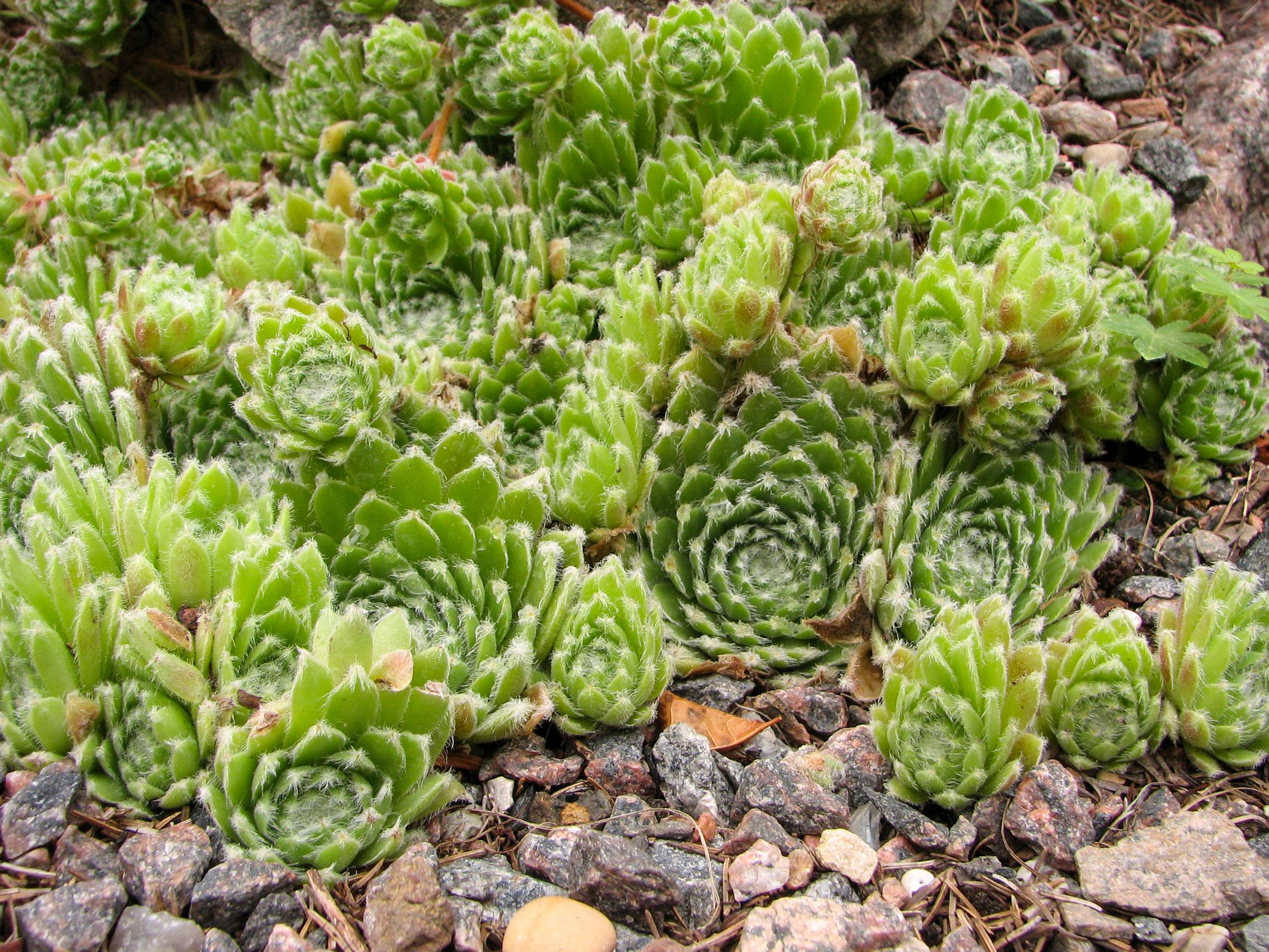
What is it? The grayish green bearded houseleek (Sempervivum ciliosum) is named for its fuzzy leaves.
Why? With houseleeks, the shape is everything. Delicate pale-yellow flowers appear on a stem about 10 cm tall.
Where to plant? This plant doesn’t like excess moisture, so choose a sloped spot and use gravel to let water run off. The leaf rosette sits at ground level, and after flowering, that rosette dies. The plant appreciates a bit of lime, and suitable companions include other houseleeks and very small plants like primula wulfeniana, sea thrift, and hairy-podded whitlow grass.
Light needs: full sun
Height: 5 cm
Blooming time: July
Särkkä Perennial Nursery is located in Raahe, Finland. Website: sarkanperennataimisto.fi


